Have you ever watched Through Deaf Eyes? Well, I have, and I am happy to report its legacy, by designing a movie poster.


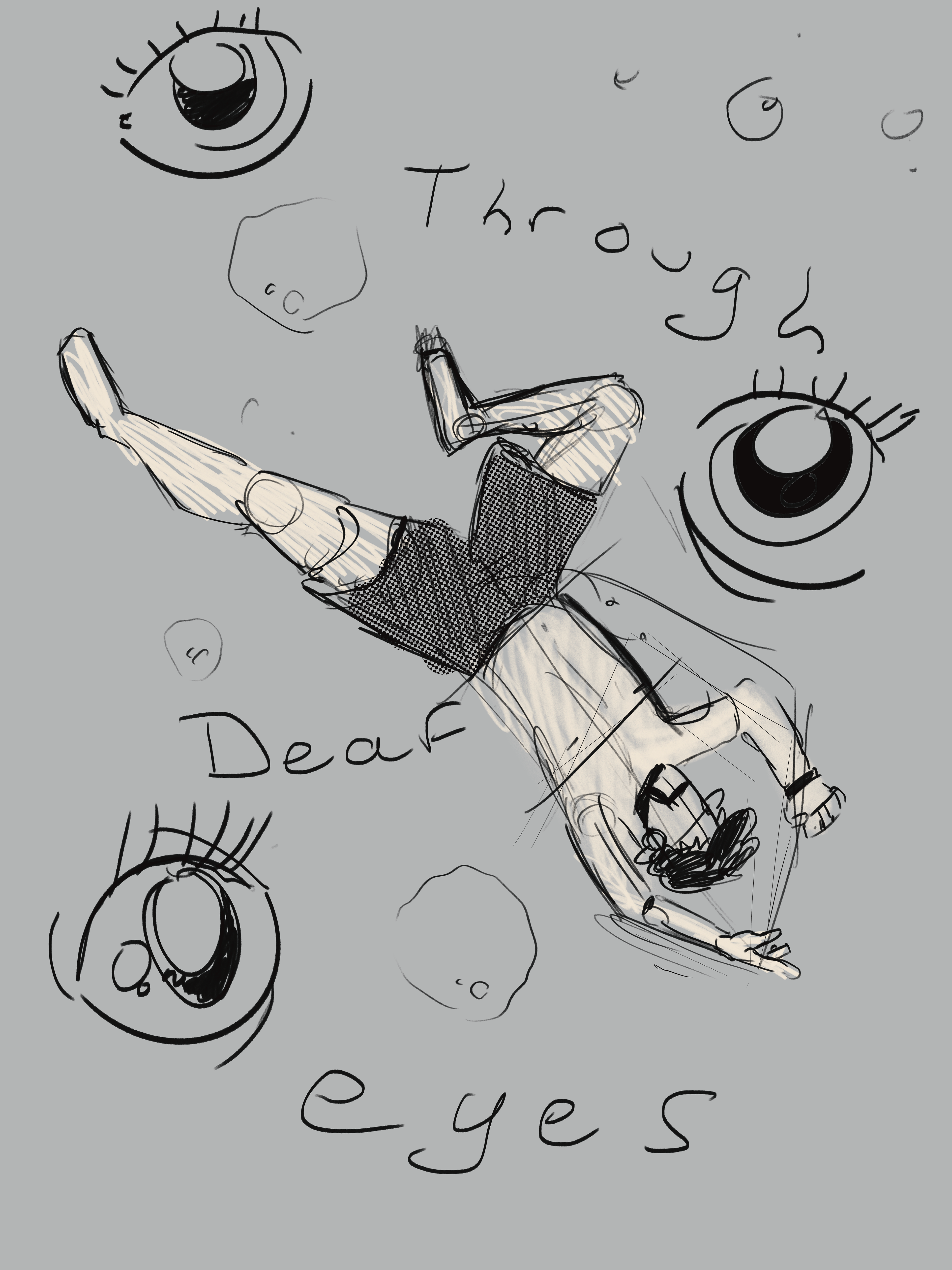

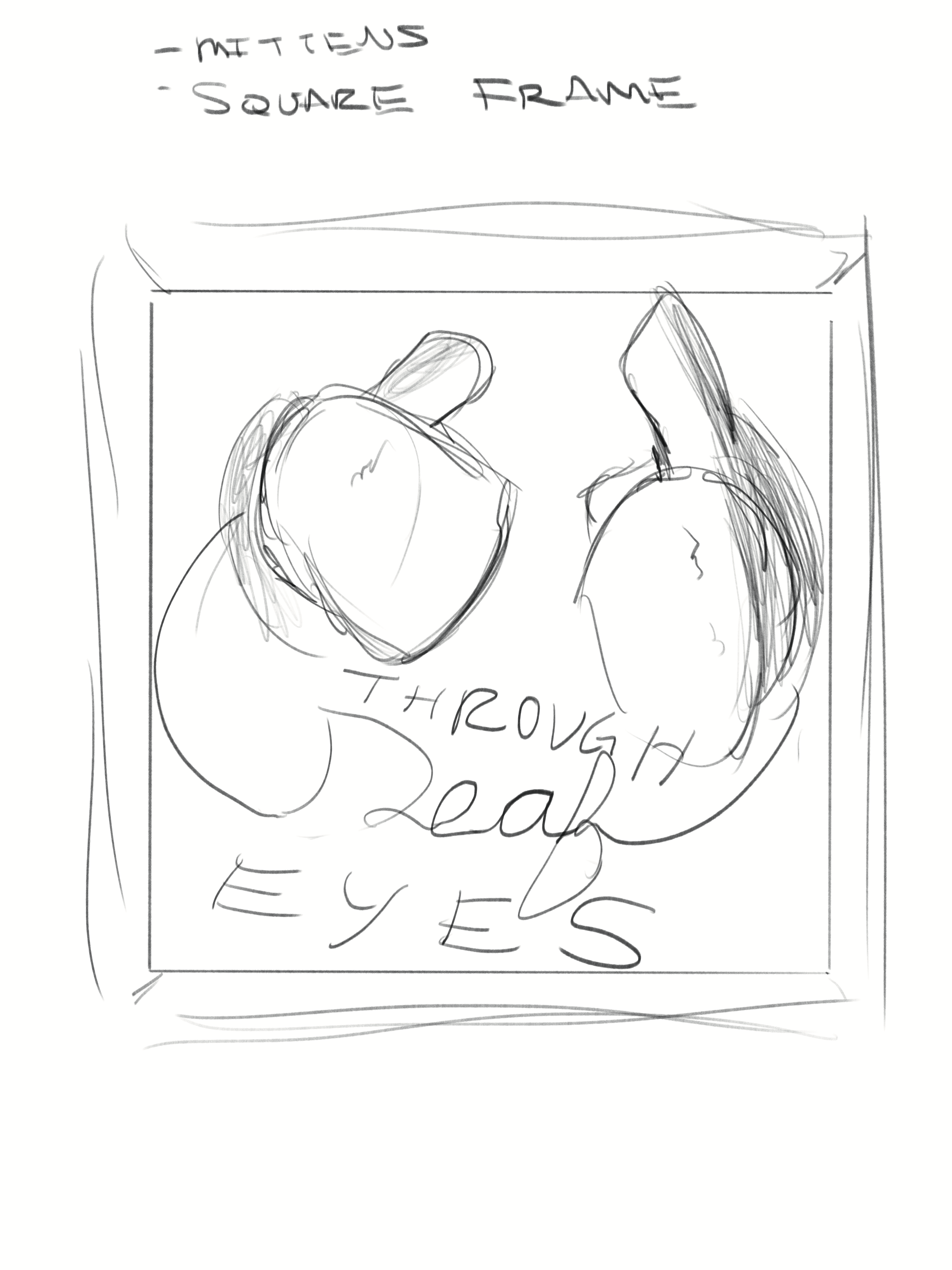

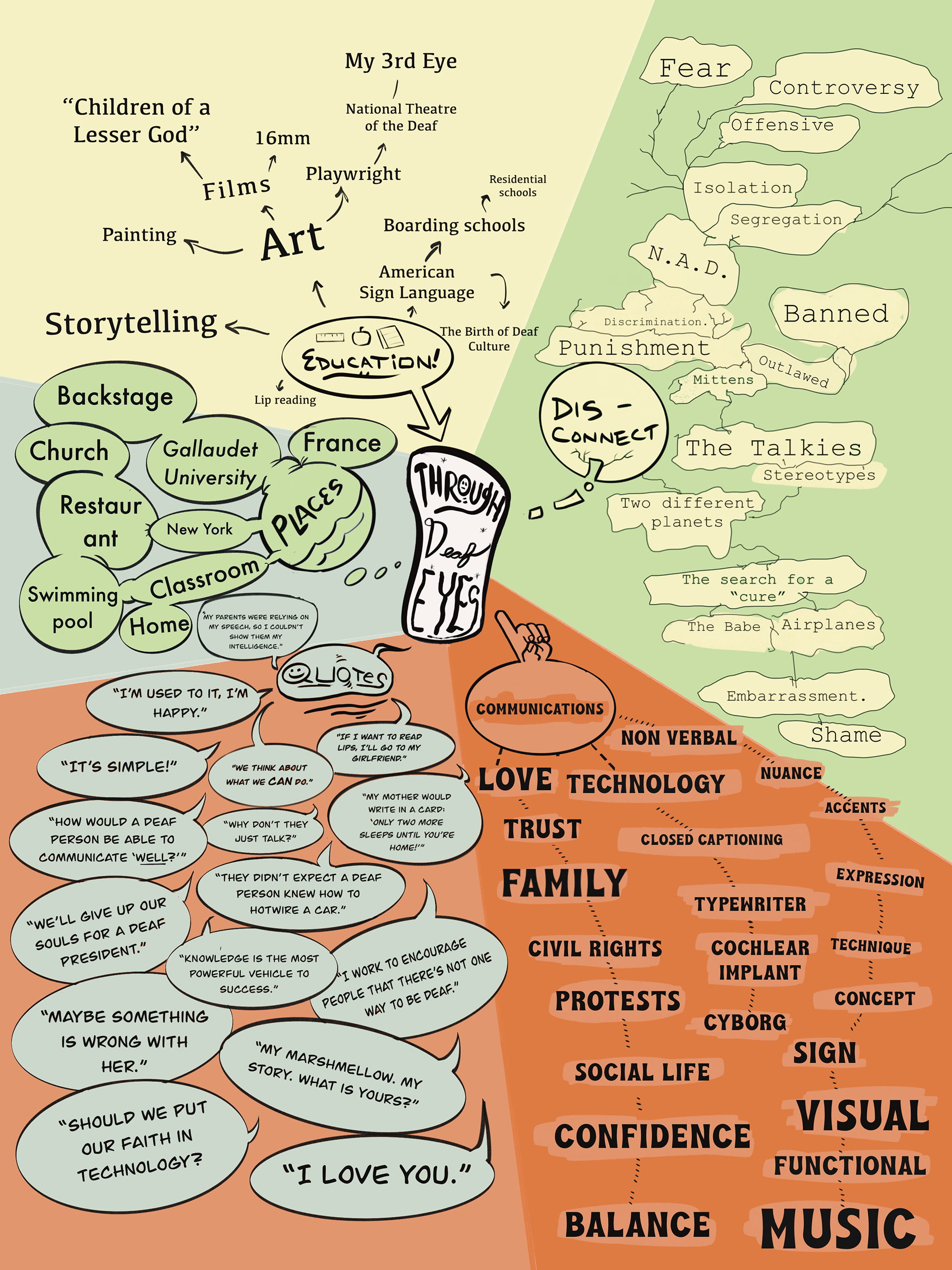
During Fall 2022, I was tasked to choose a movie to my liking, based on a recommended list provided by the administration of LWTech.
The thematic elements brought to this assignment must deliver a narrative, akin to the Diversity & Social Justice department. Respectfully, I was immediately captivated by the title Through Deaf Eyes, which I quickly came to learn it as a powerful documentary that chronicles the legacy of American deaf culture. Throughout the film, audience members are brought to a unique display of deaf individuals from a wide variety of backgrounds. From deaf inventors to deaf comedians, it's a beautiful ride which challenges the societal bias and academic inequities that have transpired in the entanglement of Early American history. I'm a huge nutcase for the subject, so the analysis portion was bound to be elaborate.
The movie is currently free on YouTube, and I encourage anyone to give it a watch.
Out of 21 sketches, I went with "Child Looking Up into the Stars, Feeling Hopeful." I was captivated by the amount of skills, abilities, and flexibilities in which deaf individuals are found to provide in the film. It's a very inspiring piece and it's truly meant to humanize not just the deaf culture as a community, but to recognize them as people no different than yourself--hearing or not.
One of my favorite quotes from the movie goes like this:
“When you talk to people who can hear and you ask them what do you think it would be like to be a deaf person, then all of their thinking is well, I couldn't do this. Can't, can't, can't, can't, can't…they would start listing all the things they can't do. And I don't think like that." -I. King Jordan, former president, Gallaudet University, signs as he speaks.
The next few drafts involved hours of experimental coloring. This assignment inspired me to pursue colors that reflected the film's context. The United States has a young history, and yet I feel compelled to comment that this piece in particular expands on this and encourages audiences to apply themselves as a present solution to a present problem. Such learning curves you'll notice in elements of Childhood, Careers, and Community.

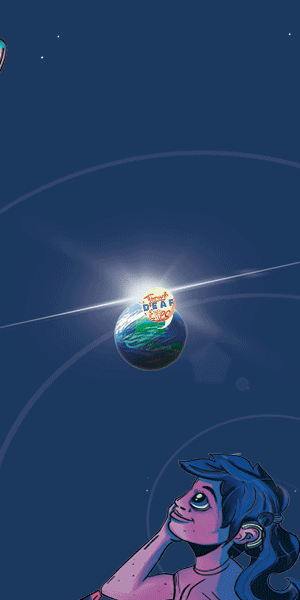


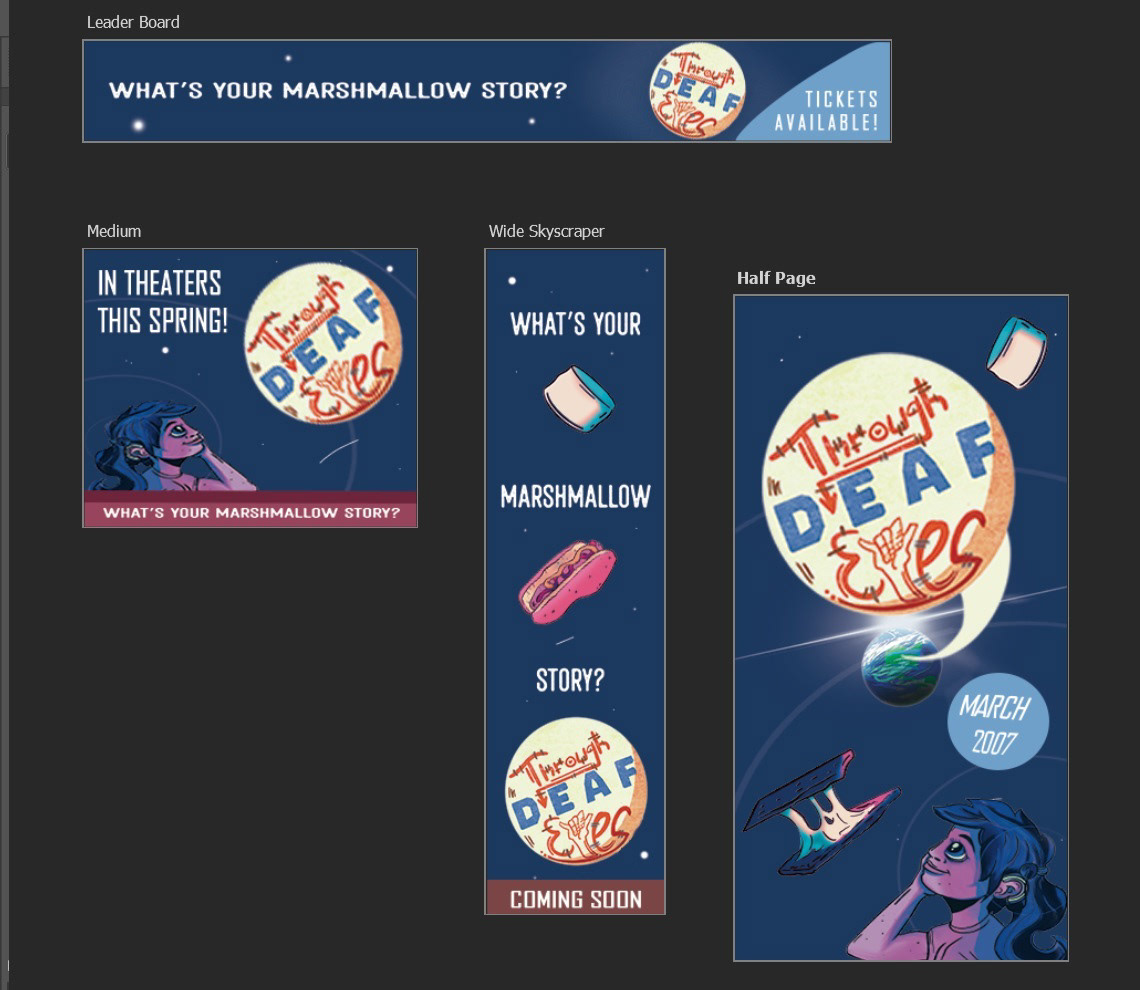
The Second Portion of my work involves a few Photoshop animations, as if I were to promote Through Deaf Eyes on the web. Common specs and measurements were provided (Leaderboard, Medium, Wide Skyscraper, Half-Page)
Overall, I'm pleased with the turn-out. The cochlear implant was given some compliments from classmates and it seems to be the most common element spoken to them. The colors turned out a wonderful abundance of warm and cool pigments and reminds me a lot of Charlie Brown (especially with the brick wall and how they're commonly applied in adventurous, epic stories.)
2 October 2022
Project 1 Film Selection: My Initial Thoughts
Through Deaf Eyes aligns the scope of the American deaf community, as told by deaf individuals. It dives deep into the very foundations of American Sign Language, by pursuing how basic education could (and should) be communicated and succeeded. Directed by Diane Garey and Lawrence Hott, the film has proven [through a compilation of theatrics created and orchestrated by deaf people] that deaf individuals aren’t defined by what they can/cannot hear. The American education system displays a unique, organic role, as the film pursues to encourage humanitarian observation upon the deaf community, and gently diminishing the stigmas that follow. By overcoming decades of ableist sanctions through method of peaceful-protest, many court rulings, and an explosion of diversity within mainstream communities, the film implores its audience to incite disabilities as the ability to do something only slightly different.
My initial reaction was “inspired.” The film exemplifies the importance of communication, either it be verbal or non-verbal, and I thought it did a great job pursuing a respectfully deaf-cultured rhetoric—not just with interviewees, rather the staff and creators themselves. Being deaf is an impairment, nothing more and nothing less. Another takeaway is the deaf community seems to be much more expressionistic than their healthy-eared counterparts, by method of facial, hand, and eye gestures; you could swear they could “hear” what you were actually saying.
The theatrics and the pursuit of the arts struck a chord, overall. The anxiety of facilitating a conversation with any stranger can be dreadfully mystifying and scary for me, and I’m happy the movie embraced the silence of a deaf individual’s life, that no such criticisms have to be *seen* in a negative light. It’s all about finding a unique method around these otherwise common obstacles, such as playing with vibrations or organizing a handmade language, and the film goes on to prove that one doesn’t need working eardrums to make these things happen.
CITATIONS
“The Gallaudet Promise: About.” Gallaudet University, 18 Sept. 2022, https://gallaudet.edu/about/promise/.
“Florentine Films.” FILMS, https://florentinefilms.org/films.html. Main website.
“History of Deaf Culture Art.” Prezi.com, https://prezi.com/eg5krxz2wed8/history-of-deaf-culture









